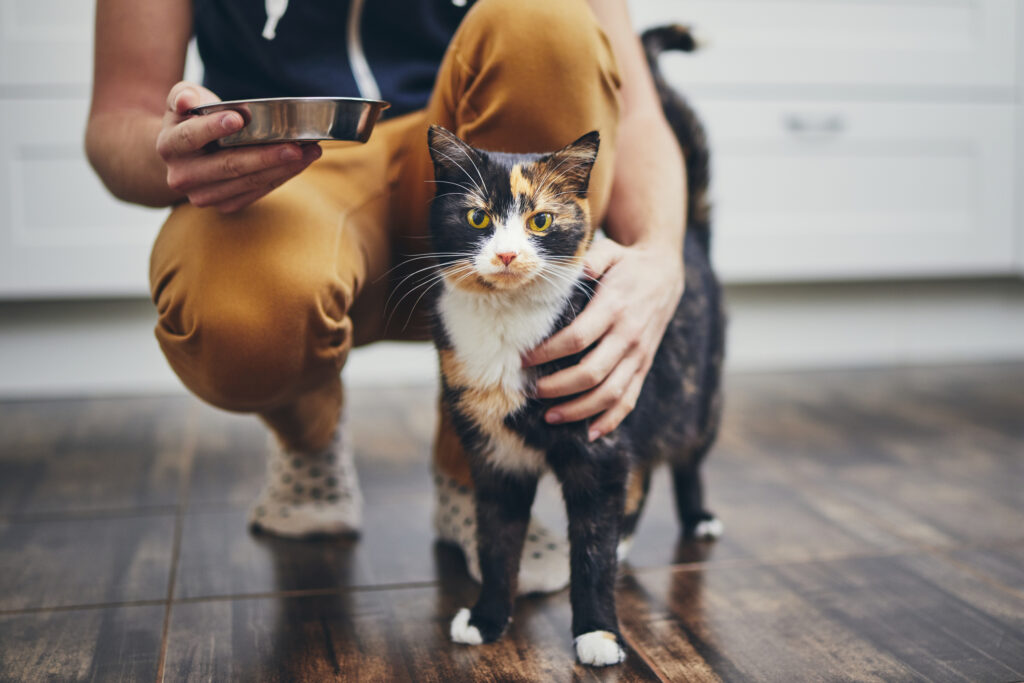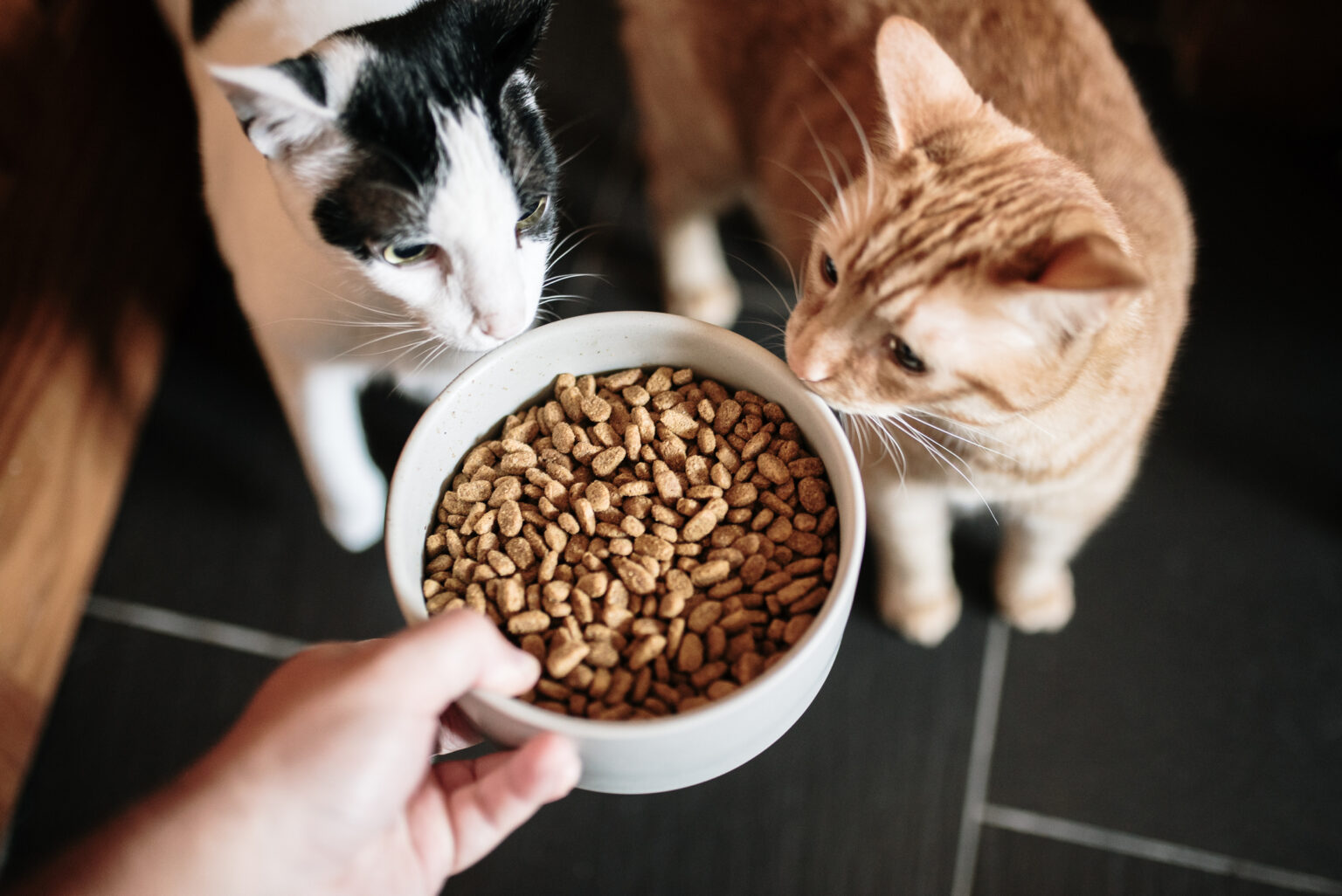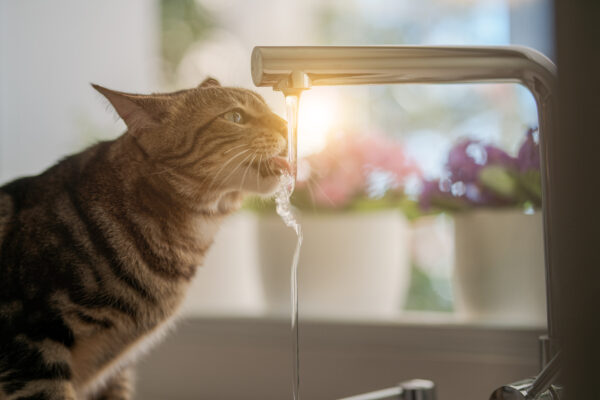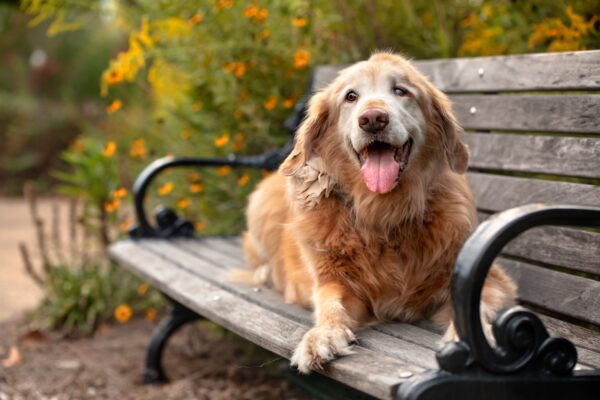You’ve spoken to your vet, read up on the best cat food, and made sure you’re catering to their individual cat diet requirements. And what do they do? Dig into their fellow feline’s food when you turn your back. Agh! To prevent your hard work going to waste, we asked our resident vet for her expert opinion when it comes to feeding two (or more) different cat foods.
3 reasons for feeding different cat food diets
1. Health concerns
Diabetes, arthritis, and other weight related concerns may alter your cat’s diet requirements. It’s important to check whether the diet of an overweight cat is suitable for other cats in your household. For example, weight management cat food can be fed to lean adult cats as well as overweight cats. However, overweight cats need to eat less to lose weight – so separate feeding is beneficial. Other health concerns may also mean altering your cat’s diet, such as bladder related issues and allergies, which can call for hypoallergenic cat food or grain free cat food.
2. Different life stages
Kittens need to be fed entirely different cat food than their older counterparts. Kitten food contains all of the nutrients and protein that a growing cat needs. Your kitten shouldn’t be tucking into mature cat food.
3. You have a dog and a cat
Yes, dogs and cats are known to eye up each other’s dinner. But can dogs eat cat food or vice versa? No, they should be fed separate diets. Specially formulated foods exist for each type of pet for a reason!

Our vet’s 3 top tips on how to feed multiple cats different diets
1. Supervise overweight cats
The most effective way to feed multiple cats different diets? Keep a beady eye on your cats and stop them from eating out of each other’s cat bowls. Transitioning to a more regular feeding routine, rather than grazing all day long, and placing your cats’ bowls in different rooms will help you to supervise your overweight cat’s meal times. If you suspect that your cat is eating when they’re out and about, be it cat food or human food, try attaching a note to their cat collar asking strangers not to feed them.
2. Place their cat food in separate locations
If you’re not able to supervise your overweight cat whilst they eat, a good trick is to place the diet they shouldn’t be eating out of reach. Slimmer cats will still be able to get to their dinner if you place their cat bowl on counter tops or at the top of cat trees, but overweight cats will have to work harder to reach the extra cat food. Alternatively, install a hook and eye on the door to only allow slim cats into a certain room or cupboard. This way, no big cats or dogs can sneak in and scoff down the wrong food.
3. Try cat feeding stations
A good approach to feeding multiple cats different diets is to experiment with pet technology. One sure fire way to make sure that your overweight cat is tucking into the wrong diet is to use microchip feeding stations. They will instantly recognise that the wrong cat is trying to feed and restrict access. Alternatively, craft your own microchip feeding station by using a plastic storage box with a microchip cat flap. You could even try a box with a hole cut out that only slimmer cats can fit through. Any way to restrict access to overweight cats!
Our articles are not a replacement for face-to-face vet advice. It’s important to consult with your vet on a regular basis to raise any pet concerns that you may have.



